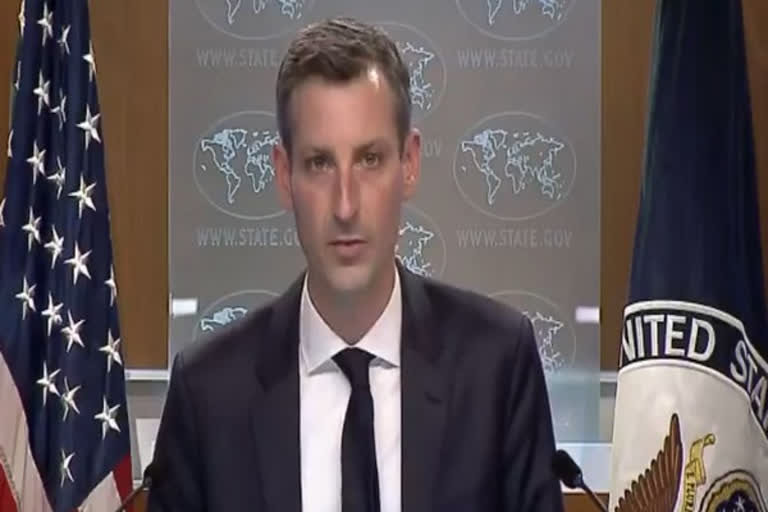Washington: After the World Health Organization said there is no evidence of coronavirus circulation in any animal species in China, the United States has refused to accept the latest findings by the global health body and said it will independently verify the results using its intelligence.
"We look forward, again, to seeing the report, to seeing the underlying data, to using what we may have within our reach based on our intelligence and analysis to corroborate what the WHO has found and to reach our conclusions," said Ned Price, US State Department Spokesperson, on Tuesday (local time).
He further said, "Clearly, the Chinese, at least heretofore, has not offered the requisite transparency that we need and that, just as importantly, the international community needs so that we can prevent these sorts of pandemics from ever happening again."
"Well now, this. Joe Biden has to look tough on China. Please don't rely too much on US intel: increasingly disengaged under Trump and frankly wrong on many aspects," WHO expert Peter Daszak said, in a tweet.
Read:| China lab unlikely source of coronavirus: WHO
Speaking at a press conference, Peter Ben Embarek, the head of the WHO mission in Wuhan, stated four hypotheses on how the virus spread but reiterated that "laboratory incident hypothesis is extremely unlikely to explain the introduction of the virus into the human population".
"It has not been possible to pinpoint any animal species as a potential reservoir for this disease, and they indicate that currently and also back in 2019 it does not look like there was the circulation of the virus in any animal species in the country," he said.
He further said that "four main hypotheses or groups of hypotheses" have been identified on how the COVID-19 virus might have introduced among the humans.
The four key hypotheses are: direct zoonotic spillover; introduction through intermediary host species; food chain, frozen food products, surface transmission; and finally a laboratory-related incident, Sputnik quoted him as saying.
"Our initial findings suggest that introduction through an intermediary host species is the most likely passway and one that will require more studies and more specific targeted research ... The findings suggest that a laboratory incident hypothesis is extremely unlikely to explain the introduction of the virus into the human population," the WHO expert said.
Speaking on whether the virus got leaked from Wuhan's institute of virology, he said, "We also looked at Wuhan's institute of virology ... the laboratory and the state of the laboratory, and it was very unlikely that anything could escape from such a place. We also know that lab incidents are, of course, extremely rare."
ANI
Read:| WHO team visits Wuhan virus lab at centre of speculation



